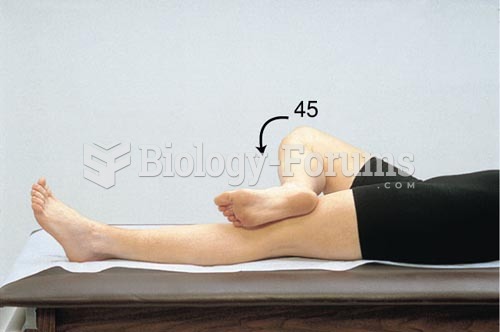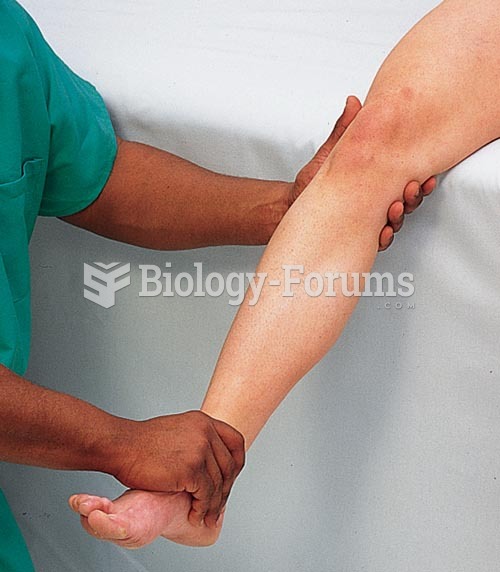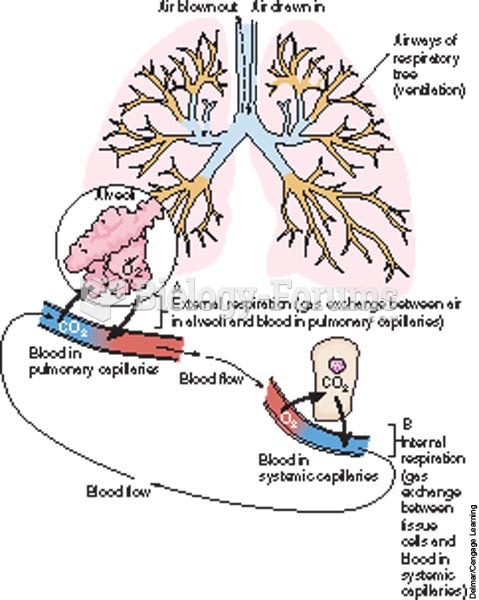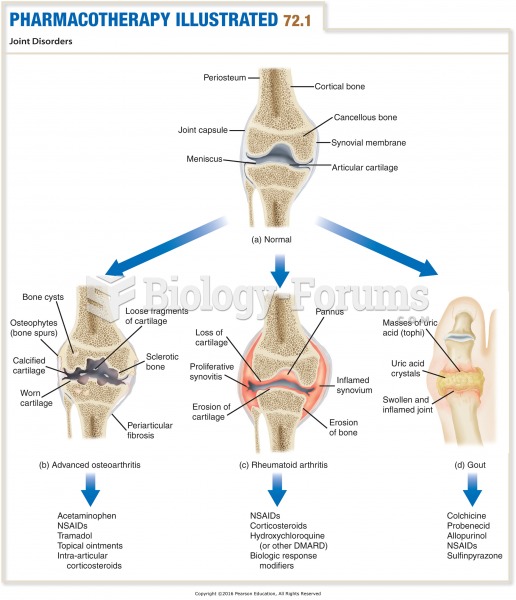|
|
|
Did you know?
It is important to read food labels and choose foods with low cholesterol and saturated trans fat. You should limit saturated fat to no higher than 6% of daily calories.
Did you know?
Approximately 500,000 babies are born each year in the United States to teenage mothers.
Did you know?
In the ancient and medieval periods, dysentery killed about ? of all babies before they reach 12 months of age. The disease was transferred through contaminated drinking water, because there was no way to adequately dispose of sewage, which contaminated the water.
Did you know?
People about to have surgery must tell their health care providers about all supplements they take.
Did you know?
The most common treatment options for addiction include psychotherapy, support groups, and individual counseling.







